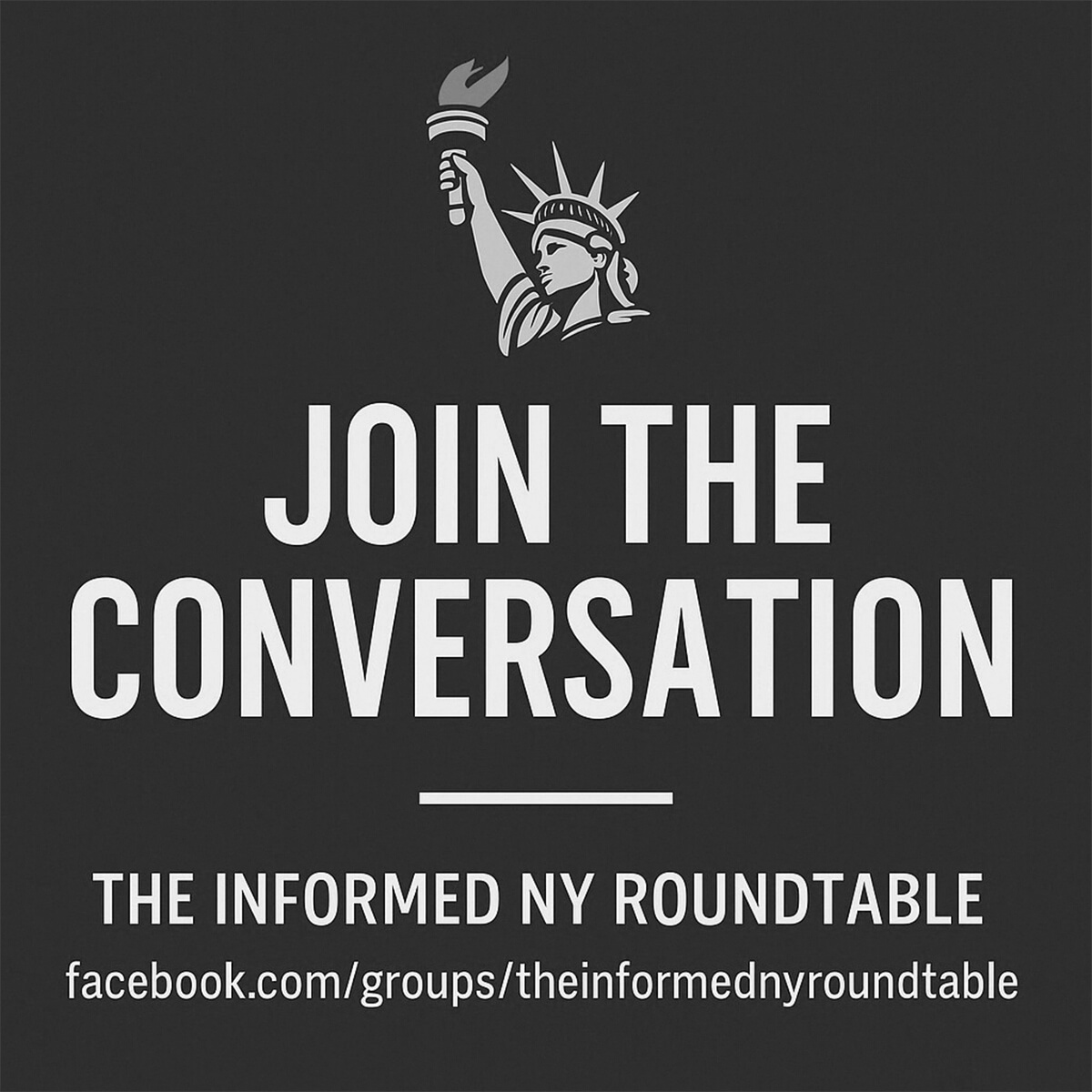
A study from NYU estimated that phthalate exposure may be responsible for a loss of up to forty million IQ points across the U.S. population. That number is not just sobering. It is staggering!
What do you think America should do about this?
Join the conversation on InformedNY’s Roundtable
Concern for Our Farmlands:
A Four-Part Series Part 2:
What Are We Eating?
Banned Substances in U.S. Food
In Part 1 of this series, we looked at who owns America’s farmland and the growing concern over foreign entities buying up millions of acres of soil that once belonged to family farmers. But it is not just who owns the land that matters. It is also what we are growing on it. And more urgently, what we are doing to it. The next question in this story of control and consequence is not about property lines but about plates. What are we eating?
Imagine sitting down to a meal that looks perfectly ordinary. A slice of bread. A glass of milk. A bag of chips. A rainbow-colored snack for dessert. Now imagine that if you tried to eat that same meal in Europe, Canada, or Japan, you might be breaking the law. Not because of sugar or salt, but because of the chemicals hidden in those foods. In the United States, food manufacturers are allowed to use dozens of additives that are banned around the world. These are not obscure or exotic substances. They are in the things we eat every day.
Bread often contains potassium bromate, a substance linked to kidney damage and considered a possible carcinogen. Certain sodas use brominated vegetable oil, which has been associated with hormone disruption and neurological harm. Many candies and cereals contain artificial dyes that have been connected to hyperactivity in children and even potential cancer risks. Meat products in the United States may be treated with ractopamine, a chemical so concerning it is banned in over one hundred countries, including the entire European Union, China, and Russia.
[et_bloom_locked optin_id=”optin_1″] content [/et_bloom_locked]
But what may be most disturbing is not just what is in our food, but what is happening to our bodies as a result. In twenty seventeen, a study published in the journal Pediatrics revealed that over ninety five percent of American children tested had detectable levels of phthalates in their bodies. These chemicals, used in food packaging, plastic containers, and even the machinery that processes our food, are not listed on ingredients labels. They simply seep in during production and packaging. And they do not leave the body quietly. Phthalates are known endocrine disruptors. They have been linked to lower testosterone levels, early puberty in girls, reduced fertility in adults, and developmental issues in children. A study from NYU estimated that phthalate exposure may be responsible for a loss of up to forty million IQ points across the U.S. population. That number is not just sobering. It is staggering.
The U.S. also allows the use of artificial growth hormones like rBGH in dairy cattle, a practice banned in Europe and Canada due to its potential connection to cancer. Studies have shown that exposure to certain food chemicals may be contributing to declining sperm counts and increased rates of infertility. In fact, a widely cited meta-analysis published in the journal Human Reproduction Update found that sperm counts in Western men have dropped more than fifty percent over the last four decades. While multiple factors are at play, environmental toxins and food-related chemicals are among the top suspects.
Even chips and tortillas are not safe. Ingredients like olestra and propylparaben are still in use despite concerns over digestive damage and endocrine disruption. Titanium dioxide, a whitening agent used in candies and baked goods, was banned in Europe in twenty twenty two because of evidence it may damage DNA and increase cancer risk. And yet, these ingredients remain legal in the United States, many without prominent labeling or warning.
Why is this happening? The answer lies in how food is regulated. In countries that follow the precautionary principle, ingredients are not allowed unless they are proven safe. In the United States, the burden of proof works the other way. A chemical is allowed unless it is definitively proven harmful beyond reasonable doubt—a nearly impossible standard in a system driven by profit and loopholes. Many studies relied upon by regulatory agencies are funded or influenced by the very industries that benefit from these additives. As a result, outdated safety standards continue to shape the diets of millions of Americans, while other nations move forward with stricter protections.
This is not just about health. It is about trust. When parents cannot confidently hand their children a snack without worrying about what hidden chemicals may be inside, something is deeply broken. When food becomes a source of risk instead of nourishment, it demands more than concern. It demands action.
There is still time to change course. More consumers are reading labels, asking questions, and pushing back. Advocacy groups are fighting for transparency and reform. Scientists are calling for updated regulations grounded in independent research. But real change will take more than knowledge. It will take a collective refusal to accept a food system where what is banned elsewhere is business as usual here.
Because in the end, we are not just what we eat. We are what we allow.

